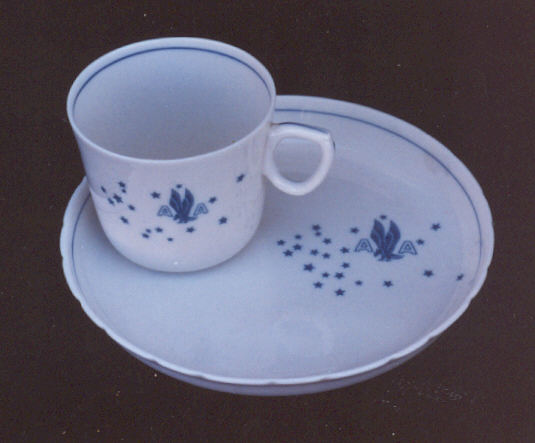 |
American used this very
thin china, called Airlite, in the mid-1940's. It was a special design
that help keep down the weight of food service items on the planes. A 3-piece
set, there was a small bowl which had no eagle or stars, plus the 2 pieces
shown here. Syracuse China Co. produced it, but due to a high breakage
rate during manufacture, it was soon discontinued.
|
 |
Here are several china
patterns used over the years by Kuwait Airways, flag carrier of the tiny
country whose invasion triggered the Gulf War.
|
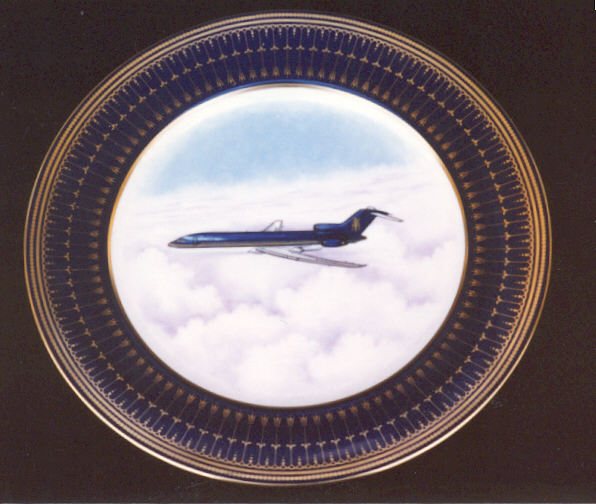 |
Regent Air was perhaps
the most luxurious airline ever, and shown here is it's inaugural flight
plate, made by Spode. Only 175 of these were made and are a highly sought
after collectible. The airline operated only a couple of years in the mid-1980s
before folding up. Their three 727's were later used by MGM Grand Air.
|
 |
This attractive pattern
was used by Zambia Airways, based in the small African nation bearing its
name. It had only maybe a half dozen planes, but is now gone, and replaced
by AeroZambia.
|
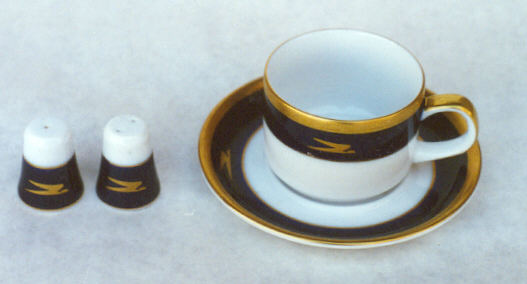 |
Aerolineas Argentinas used
this very attractive blue and gold china pattern in the late 1990's.
|
 |
Malaysian Airways System
(MAS) uses a very attractive pattern in its Business Class cabin; shown
here is a recent salt & pepper set with a china base dish.
|
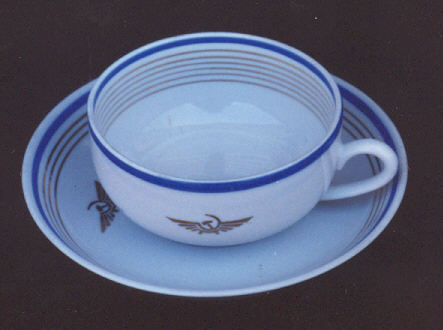 |
Before the breakup of the
Soviet Union, Aeroflot used this beautiful pattern in its First Class service.
|
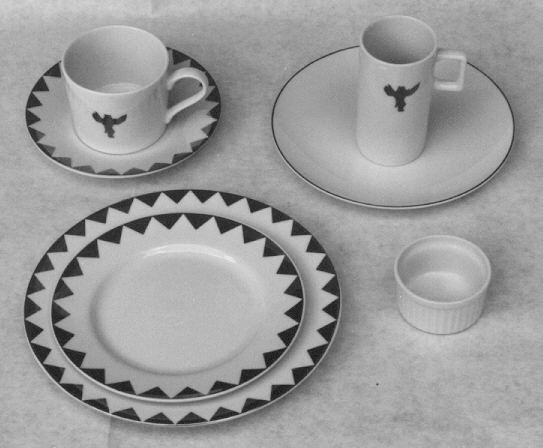 |
This strange pattern was
used by America West in its short-lived 747 service to Hawaii. The
design is in gold, and reflects the Southwest culture embodied in the roots
of its Arizona headquarters.
|
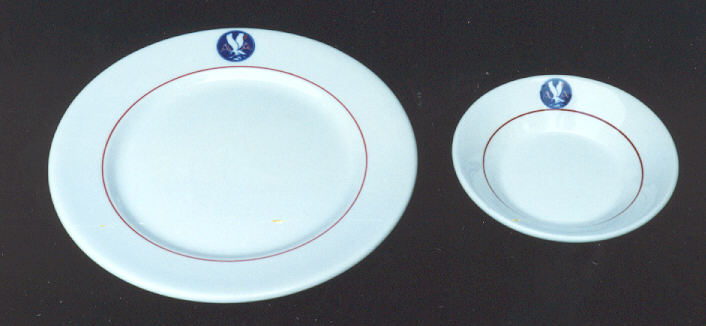 |
Here is an early American
pattern, made by Scammell's Trenton China Co; it is a heavy commercial
grade china. Although Scammell did not date code their china, the
marking indicates that this pieces dates from the 1935-1940 era.
|
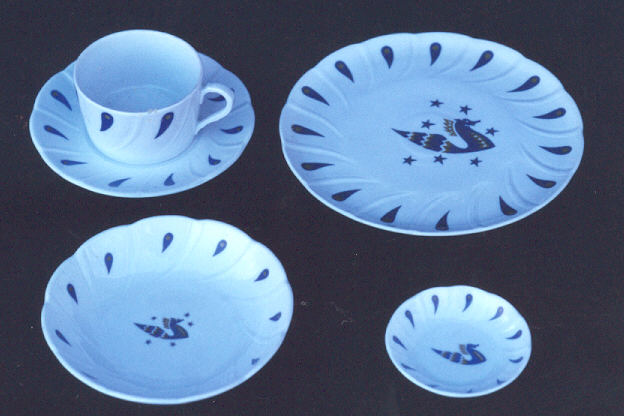 |
Used for many years by
Air France, this fine Limoges china depicts AF's "seahorse" logo.
|
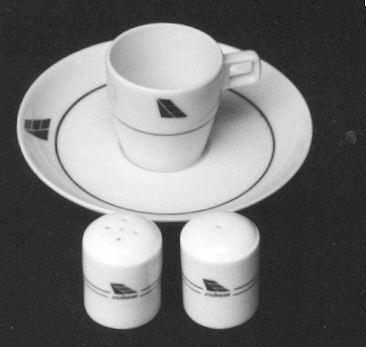 |
A rarely seen but attractive
china pattern comes from Cubana, the national flag carrier of our neighbor
to the South.
|
 |
The CP Air "multimark"
pattern is depicted on these pieces, which include a teapot, an item rarely
seen in airline china. CP Air was originally Canadian Pacific Airlines,
and the subsequently became Canadian Airlines International, and was recently
taken over by Air Canada.
|
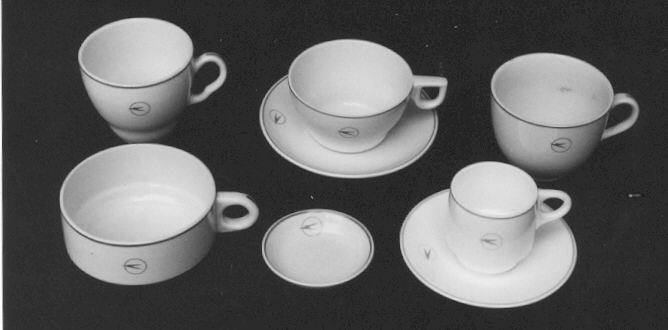 |
The blue Speedbird pattern
was the first china design used by BOAC, British Overseas Airways Corporation,
now known simply as British Airways. These pieces date to the late 1940's. |



